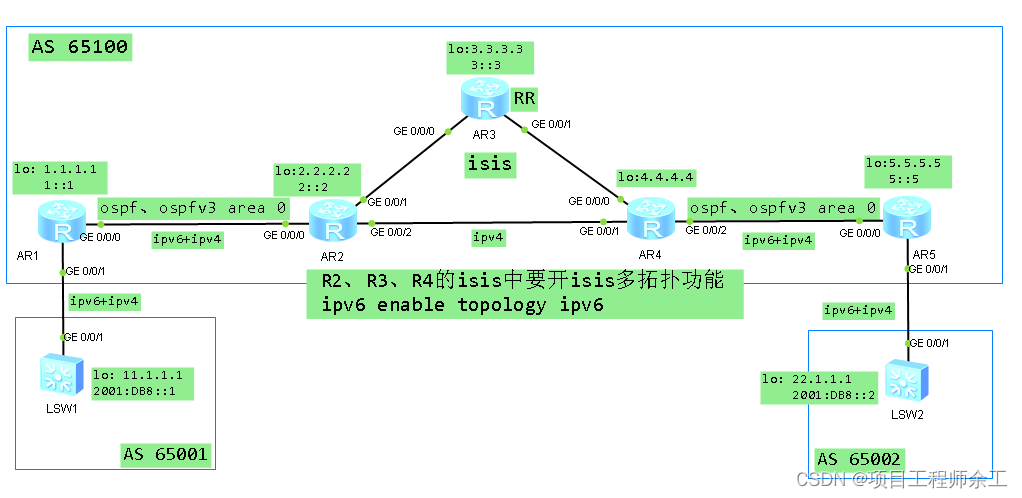本文介绍: Golang的interface接口特性,能够实现提供&使用之间关系的解耦,使得代码行文更加规范立体。本文就来通过一个简单的缓存cache模块的实现,来示范一下Golang的interface该怎么用。
和许多面向对象的编程语言一样,Golang也存在interface接口这样的概念。interface相当于是一个中间层,下游只需要关心interface实现了什么行为,利用这些行为做些业务级别事情,而上游则负责实现interface,把这些行为具象化。本文就来通过一个简单的缓存cache模块的实现,来示范一下Golang的interface该怎么用。
首先,从业务service角度而言,一个cache模块可能需要以下几种方法:
那么这些个方法,就可以用一类叫Cache的interface来表示:
其中,Get方法返回一个interface{}的value,以及是否存在的bool标识;Set跟SetExpire表示无时限跟有时限的缓存行为;Delete表示删除缓存内容。整块Cache的接口定义也非常明显。
这样写有什么好处?如果你是下游业务服务的话,你只需要这样写就可以了。这里给一个同package下的测试用例代码:
可以看到,我们指定的缓存对象curCache标识为一个Cache,是个接口定义,这样标识起来的话,下面的代码就可以正常使用Get、Set之类的方法了。而更重要的是,下面的代码,不会因为Cache的具体实现变化而有所变化。举个例子,你有10个开源的缓存库,想定时切换Current() Cache背后的缓存对象实现,就算你再怎么换,只要用到缓存的代码标注缓存对象为Cache这个interface,并且interface的定义没有变化,那么使用缓存的代码就不需要动。这样,就彻底实现了缓存提供方和使用方的解耦,开发效率也会噌噌噌的上去。
声明:本站所有文章,如无特殊说明或标注,均为本站原创发布。任何个人或组织,在未征得本站同意时,禁止复制、盗用、采集、发布本站内容到任何网站、书籍等各类媒体平台。如若本站内容侵犯了原著者的合法权益,可联系我们进行处理。



